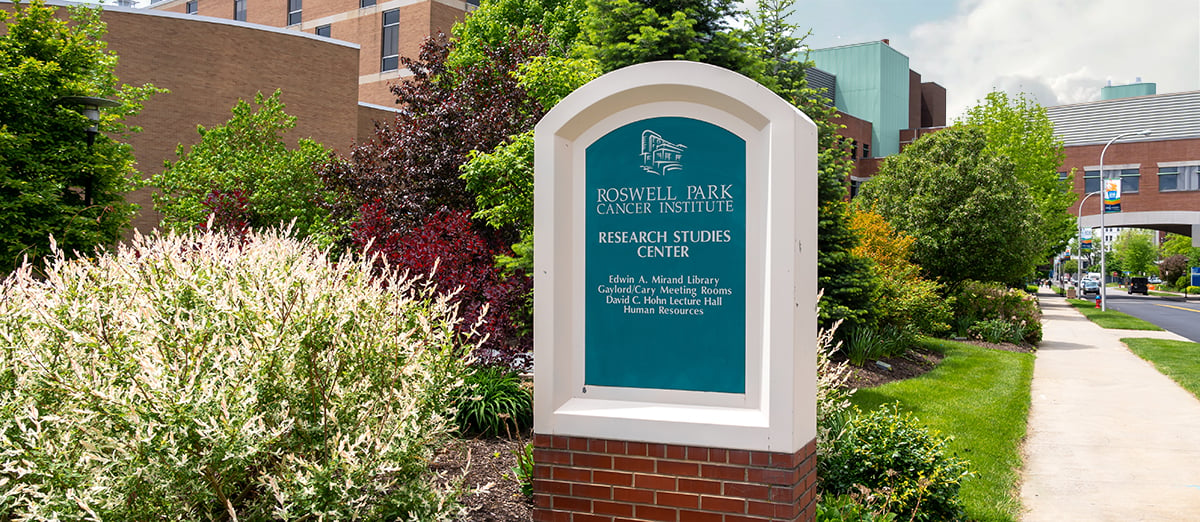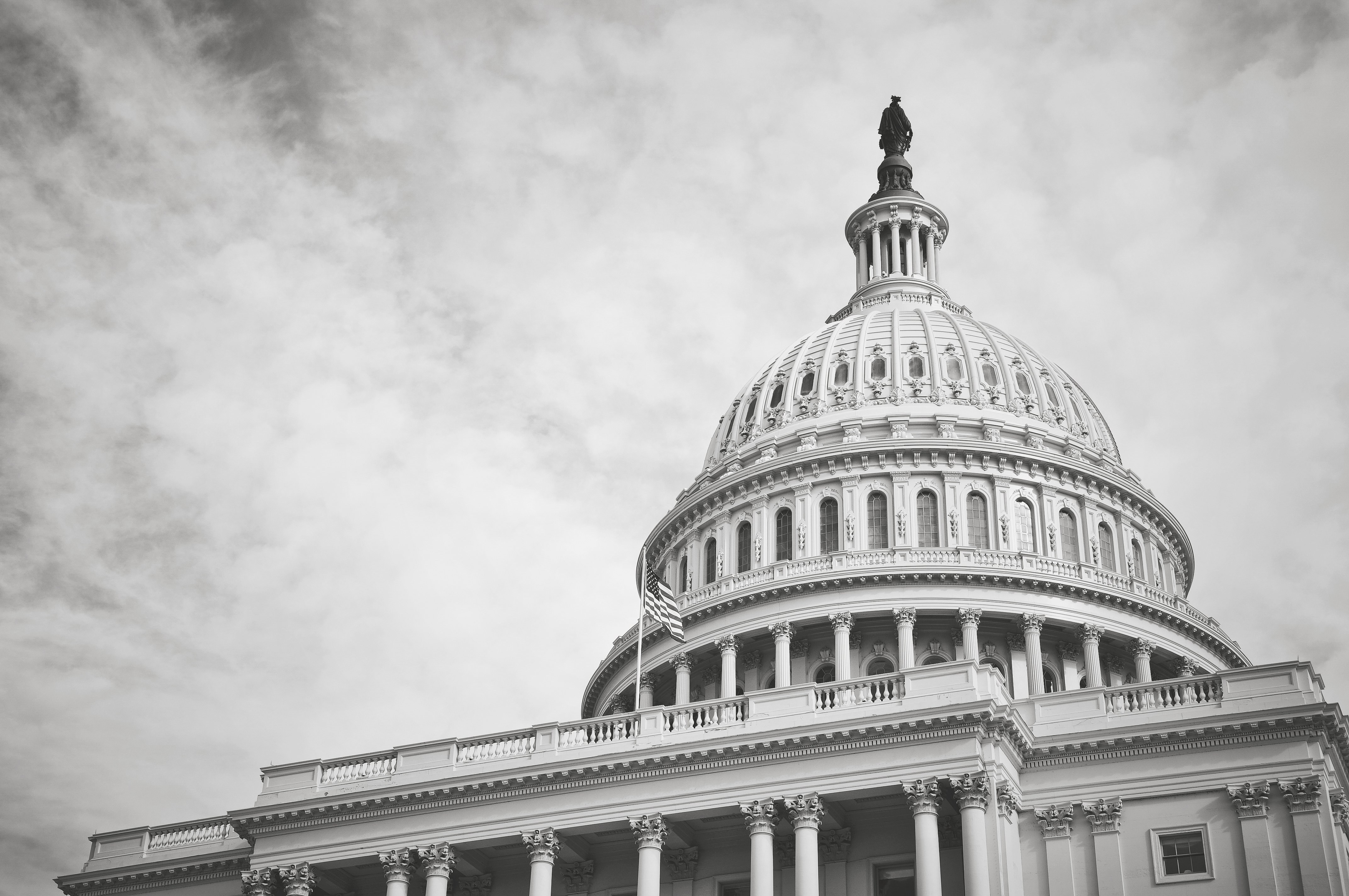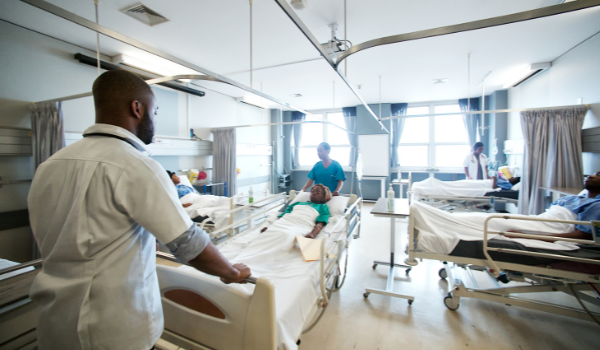Dr. Schwaab of Roswell Park Comprehensive Cancer Center, On Second Opinions for Cancer Patients
"Modern cancer care is all about coordinated care and access to subspecialists"
- Dr. Thomas Schwaab, Roswell Park Cancer Center
Posts about:

"Modern cancer care is all about coordinated care and access to subspecialists"
- Dr. Thomas Schwaab, Roswell Park Cancer Center

Now that the dust is settling as we get accustomed to our post-pandemic world, those in the telemedicine world and organizations thinking about providing remote second opinions are still seeking clarity on what remote programs are possible. Has anything changed? Or, are we back to where we started before the pandemic?

Demand for telehealth solutions has boomed over the past few years. Medicare telehealth visits alone grew from 840,000 in 2019 to 52.7 million in 2020, or 63-fold as shown right (source: Benesch Friedlander Coplan & Aronoff).
For cases deemed appropriate for telehealth, some studies have provided overwhelming evidence of increased patient satisfaction with remote visits compared to traditional in-person (urology; breast cancer; radiation oncology; general medicine). One of the main drivers? Convenience. Patients love removing the travel time and associated costs or tradeoffs that come with taking off work, finding childcare, and traveling to see a physician in person. Additionally, the CDC reports that 15%, or 49.8 million Americans live in rural parts of the U.S., which correlates with poorer health outcomes regardless of income level. Access to specialty carefor this population has been known to be especially difficult or impossible, but telehealth programs have introduced a new channel that many patients can take advantage of.
In addition to increasing patient demand, there is a strong business case for Hospitals to expand their reach through telehealth modalities. A recent article by Purview's Dr. Christopher Schwartz, Remote Second Opinions: A Cure for the C-Suite Blues, describes the challenging financial state of many hospitals post-covid. Schwartz explains that, ‘during the lockdown alone, U.S. hospitalslost an estimated $22 billion in revenue due to cancellations in elective surgeries.’ Contrast this with the estimated value and market growth of the second opinion market at $10.7 billion by 2027with a CAGR 16.8%, and it is understandable why many hospitals are exploring the potential of these programs. Here, we outline key considerations for your organization as you assess readiness prior to launching a second opinion program.

Around 15-20 percent of patients in the United States live in rural areas. Unfortunately, between primary care shortages, hospital closures, and geographic isolation, those patients are up against significant barriers to accessing healthcare. The National Rural Health Association reports there are only 30 specialists per 100,000 people in rural communities, compared to 263 specialists per 100,000 urban residents.

Dr. William Osler said that “the practice of medicine is an art, not a trade; a calling,
not a business; a calling in which your heart will be exercised equally with your head."